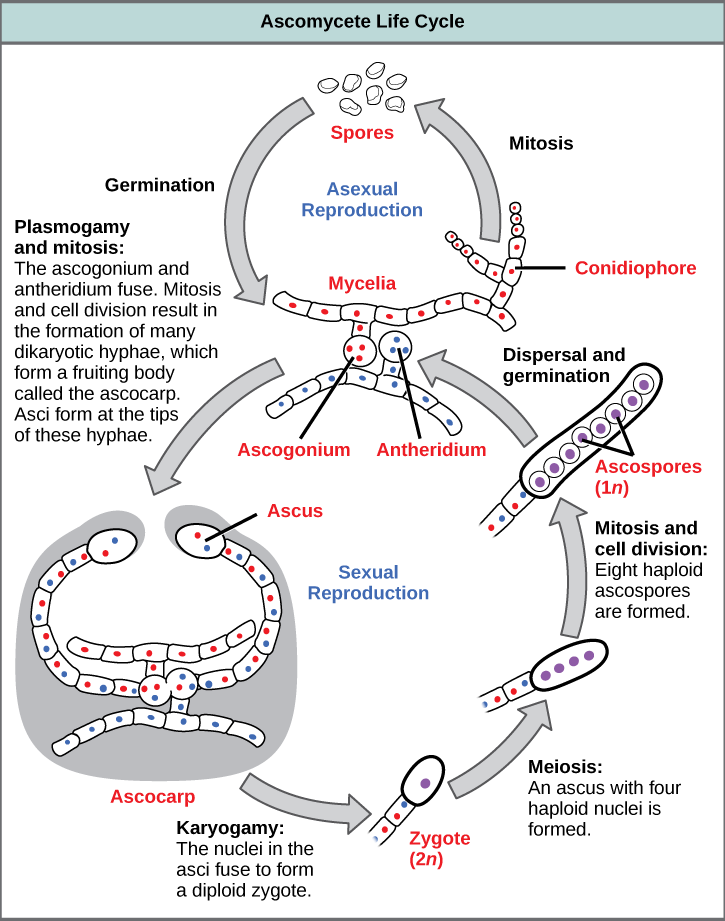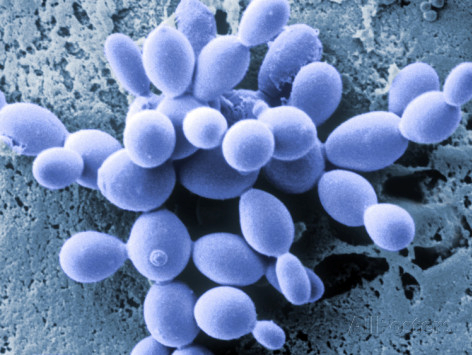|
Coniocybaceae
The Coniocybaceae are the sole family of lichen-forming fungi in the Coniocybales, which itself is the only order in the class Coniocybomycetes. The family was circumscribed by Heinrich Gottlieb Ludwig Reichenbach in 1837. Both the order and the class were proposed by Maria Prieto and Mats Wedin in 2013 after molecular phylogenetics analysis of various calicioid lichens showed that the Coniocybaceae represented an early diverging lineage in the inoperculate ascomycetes. Genera *''Chaenotheca'' – 28 spp. *''Coniocybe'' – 4 spp. *''Sclerophora ''Sclerophora'' is a genus of lichen-forming fungi in the family Coniocybaceae. Largely restricted to temperate latitudes, three of its six known species have been reported in North America. Species *''Sclerophora amabilis'' *''Sclerophora far ...'' – 4 spp. References Ascomycota Ascomycota families Lichen families Taxa named by Ludwig Reichenbach Taxa described in 1837 {{Ascomycota-stub ... [...More Info...] [...Related Items...] OR: [Wikipedia] [Google] [Baidu] |
Chaenotheca
''Chaenotheca'' is a genus of lichenized fungi within the family Coniocybaceae. The sexual reproduction structures are a mass of loose ascospores that are enclosed by a cup shaped exciple sitting on top of a tiny stalk, having the appearance of a dressmaker's pin (called a mazaedium), hence the common name pin lichen.Field Guide to California Lichens, Stephen Sharnoff, Yale University Press, 2014, Genus members are also commonly called needle lichens. Species *'' Chaenotheca balsamconensis'' – North America *'' Chaenotheca biesboschii'' – Netherlands *'' Chaenotheca brachypoda'' *'' Chaenotheca brunneola'' *'' Chaenotheca chlorella'' *'' Chaenotheca chrysocephala'' *''Chaenotheca citriocephala'' *'' Chaenotheca confusa'' – South America *'' Chaenotheca degelii'' *'' Chaenotheca deludens'' *''Chaenotheca erkahomattiorum'' – North America *''Chaenotheca ferruginea'' *''Chaenotheca furfuracea'' *''Chaenotheca gracilenta'' *''Chaenotheca gracillima'' *''Chaen ... [...More Info...] [...Related Items...] OR: [Wikipedia] [Google] [Baidu] |
Coniocybe
''Coniocybe'' is a genus of fungi belonging to the family Coniocybaceae The Coniocybaceae are the sole family of lichen-forming fungi in the Coniocybales, which itself is the only order in the class Coniocybomycetes. The family was circumscribed by Heinrich Gottlieb Ludwig Reichenbach in 1837. Both the order and the .... The species of this genus are found in Europe, America and Australia. Species Species: *'' Coniocybe atriocephala'' *'' Coniocybe crocata'' *'' Coniocybe farinosa'' References {{Taxonbar, from=Q21215496 Ascomycota Ascomycota genera ... [...More Info...] [...Related Items...] OR: [Wikipedia] [Google] [Baidu] |
Sclerophora
''Sclerophora'' is a genus of lichen-forming fungi in the family Coniocybaceae. Largely restricted to temperate latitudes, three of its six known species have been reported in North America. Species *''Sclerophora amabilis'' *''Sclerophora farinacea'' *''Sclerophora minima'' *''Sclerophora pallida'' *''Sclerophora peronella'' *''Sclerophora sanguinea ''Sclerophora'' is a genus of lichen-forming fungi in the family Coniocybaceae. Largely restricted to temperate latitudes, three of its six known species have been reported in North America. Species *''Sclerophora amabilis'' *''Sclerophora fari ...'' References Ascomycota Ascomycota genera Lichen genera Taxa described in 1826 Taxa named by François Fulgis Chevallier {{Ascomycota-stub ... [...More Info...] [...Related Items...] OR: [Wikipedia] [Google] [Baidu] |
Rchb
Heinrich Gottlieb Ludwig Reichenbach (8 January 1793 – 17 March 1879) was a German botanist and ornithologist. It was he who first requested Leopold Blaschka to make a set of glass marine invertebrate models for scientific education and museum showcasing, the successful commission giving rise to the creation of the Blaschkas' Glass sea creatures and, subsequently and indirectly, the more famous Glass Flowers. Early life Born in Leipzig and the son of Johann Friedrich Jakob Reichenbach (the author in 1818 of the first Greek-German dictionary) Reichenbach studied medicine and natural science at the University of Leipzig in 1810 and, eight years later in 1818, he the now Professor became an instructor before, in 1820, he was appointed the director of the Dresden natural history museum and a professor at the Surgical-Medical Academy in Dresden, where he remained for many years. Glass sea creatures Director of the natural history museum in Dresden, Professor Reichenbach was fa ... [...More Info...] [...Related Items...] OR: [Wikipedia] [Google] [Baidu] |
Calicioid Lichen
Lichens are composite organisms made up of multiple species: a fungal partner, one or more photosynthetic partners, and sometimes a basidiomycete yeast. They are regularly grouped by their external appearance – a characteristic known as their growth form. Lichenologists have described a dozen of these forms: areolate, byssoid, calicioid, cladoniform, crustose, filamentous, foliose, fruticose, gelatinous, leprose, placoidioid and squamulose. Of these, crustose, foliose and fruticose are the most commonly encountered. With the exception of calicioid lichens, growth forms are based on the appearance of the thallus, which is the vegetative (non-reproductive) part of the lichen. In most species, this form is determined by the lichen's fungal partner, though in a small number, it is instead the photobiont that determines the lichen's morphology. In some growth forms, the outermost layer of the thallus consists of tightly woven fungal . This layer, known as the cortex, may be found ... [...More Info...] [...Related Items...] OR: [Wikipedia] [Google] [Baidu] |
Lichen Families
A lichen ( , ) is a composite organism that arises from algae or cyanobacteria living among filaments of multiple fungi species in a mutualistic relationship.Introduction to Lichens – An Alliance between Kingdoms . University of California Museum of Paleontology. Lichens have properties different from those of their component organisms. They come in many colors, sizes, and forms and are sometimes plant-like, but are not s. They may have tiny, leafless branches (); flat leaf-like structures ( |
Ascomycota Families
Ascomycota is a phylum of the kingdom Fungi that, together with the Basidiomycota, forms the subkingdom Dikarya. Its members are commonly known as the sac fungi or ascomycetes. It is the largest phylum of Fungi, with over 64,000 species. The defining feature of this fungal group is the "ascus" (), a microscopic sexual structure in which nonmotile spores, called ascospores, are formed. However, some species of the Ascomycota are asexual, meaning that they do not have a sexual cycle and thus do not form asci or ascospores. Familiar examples of sac fungi include morels, truffles, brewers' and bakers' yeast, dead man's fingers, and cup fungi. The fungal symbionts in the majority of lichens (loosely termed "ascolichens") such as '' Cladonia'' belong to the Ascomycota. Ascomycota is a monophyletic group (it contains all descendants of one common ancestor). Previously placed in the Deuteromycota along with asexual species from other fungal taxa, asexual (or anamorphic) ascomycetes ... [...More Info...] [...Related Items...] OR: [Wikipedia] [Google] [Baidu] |
Ascomycota
Ascomycota is a phylum of the kingdom Fungi that, together with the Basidiomycota, forms the subkingdom Dikarya. Its members are commonly known as the sac fungi or ascomycetes. It is the largest phylum of Fungi, with over 64,000 species. The defining feature of this fungal group is the " ascus" (), a microscopic sexual structure in which nonmotile spores, called ascospores, are formed. However, some species of the Ascomycota are asexual, meaning that they do not have a sexual cycle and thus do not form asci or ascospores. Familiar examples of sac fungi include morels, truffles, brewers' and bakers' yeast, dead man's fingers, and cup fungi. The fungal symbionts in the majority of lichens (loosely termed "ascolichens") such as '' Cladonia'' belong to the Ascomycota. Ascomycota is a monophyletic group (it contains all descendants of one common ancestor). Previously placed in the Deuteromycota along with asexual species from other fungal taxa, asexual (or anamorphic) ascom ... [...More Info...] [...Related Items...] OR: [Wikipedia] [Google] [Baidu] |
Ascomycete
Ascomycota is a phylum of the kingdom Fungi that, together with the Basidiomycota, forms the subkingdom Dikarya. Its members are commonly known as the sac fungi or ascomycetes. It is the largest phylum of Fungi, with over 64,000 species. The defining feature of this fungal group is the "ascus" (), a microscopic sexual structure in which nonmotile spores, called ascospores, are formed. However, some species of the Ascomycota are asexual, meaning that they do not have a sexual cycle and thus do not form asci or ascospores. Familiar examples of sac fungi include morels, truffles, yeast#Beer, brewers' and bakers' yeast, Xylaria, dead man's fingers, and Pezizaceae, cup fungi. The fungal symbiosis, symbionts in the majority of lichens (loosely termed "ascolichens") such as ''Cladonia'' belong to the Ascomycota. Ascomycota is a monophyly, monophyletic group (it contains all descendants of one common ancestor). Previously placed in the Deuteromycota along with asexual species from o ... [...More Info...] [...Related Items...] OR: [Wikipedia] [Google] [Baidu] |
Lineage (evolution)
An evolutionary lineage is a temporal series of populations, organisms, cells, or genes connected by a continuous line of descent from ancestor to descendant.The Oxford English Dictionary defines biological lineage as "a sequence of species each of which is considered to have evolved from its predecessorOED definition of lineage/ref> Lineages are subsets of the evolutionary tree of life. Lineages are often determined by the techniques of molecular systematics. Phylogenetic representation of lineages 299x299px, A rooted tree of life into three ancient monophyletic lineages: archaea.html" ;"title="bacteria, archaea">bacteria, archaea, and eukaryotes based on rRNA genes Lineages are typically visualized as subsets of a phylogenetic tree. A lineage is a single line of descent or linear chain within the tree, while a clade is a (usually branched) monophyletic group, containing a single ancestor and all its descendants. Phylogenetic trees are typically created from DNA, RNA or prot ... [...More Info...] [...Related Items...] OR: [Wikipedia] [Google] [Baidu] |
Heinrich Gottlieb Ludwig Reichenbach
Heinrich Gottlieb Ludwig Reichenbach (8 January 1793 – 17 March 1879) was a German botanist and ornithologist. It was he who first requested Leopold Blaschka to make a set of glass marine invertebrate models for scientific education and museum showcasing, the successful commission giving rise to the creation of the Blaschkas' Glass sea creatures and, subsequently and indirectly, the more famous Glass Flowers. Early life Born in Leipzig and the son of Johann Friedrich Jakob Reichenbach (the author in 1818 of the first Greek-German dictionary) Reichenbach studied medicine and natural science at the University of Leipzig in 1810 and, eight years later in 1818, he the now Professor became an instructor before, in 1820, he was appointed the director of the Dresden natural history museum and a professor at the Surgical-Medical Academy in Dresden, where he remained for many years. Glass sea creatures Director of the natural history museum in Dresden, Professor Reichenbach was faced ... [...More Info...] [...Related Items...] OR: [Wikipedia] [Google] [Baidu] |





